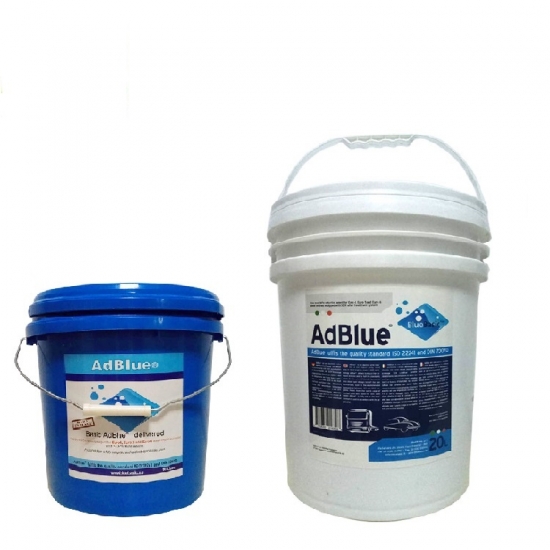Introduction:
In the ongoing quest for environmental sustainability, the automotive industry stands at a pivotal juncture. With increasing concerns over air pollution and greenhouse gas emissions, manufacturers are continuously innovating to develop cleaner and more efficient technologies. One such innovation is Adblue, a solution that plays a crucial role in reducing harmful nitrogen oxide (NOx) emissions from diesel engines. Delving into the science behind Adblue manufacturer unveils a fascinating process that underscores its significance in promoting cleaner air.

The Chemistry of Adblue:
At its core, Adblue is a clear, non-toxic aqueous solution composed of 32.5% high-purity urea and 67.5% deionized water. The manufacturing process begins with the blending of urea with deionized water. Subsequently, the urea is dissolved in deionized water to achieve the optimal concentration required for effective NOx reduction.
The Role of Adblue in Emissions Reduction:
Adblue plays a critical role in Selective Catalytic Reduction (SCR), a technology widely adopted in modern diesel engines to meet stringent emissions standards. When injected into the exhaust stream, Adblue undergoes hydrolysis to release ammonia (NH3), a key component in the SCR process. As the exhaust gases pass through the SCR catalyst, the ammonia reacts with NOx pollutants, converting them into harmless nitrogen (N2) and water vapor (H2O). This chemical reaction is highly efficient, significantly reducing NOx emissions and mitigating environmental impact.
Quality Assurance and Regulatory Compliance:
The manufacturing of Adblue adheres to stringent quality control measures to ensure consistency and reliability. Each batch undergoes rigorous testing to verify its purity, concentration, and adherence to industry standards. Additionally, Adblue / DEF manufacturers must comply with regulatory requirements governing the handling, storage, and distribution of the solution. By upholding these standards, manufacturers uphold their commitment to environmental stewardship and public health.
Sustainability and Resource Efficiency:
Efforts to enhance the sustainability of Adblue manufacturing are integral to its long-term viability. Manufacturers employ various strategies to minimize energy consumption, reduce waste generation, and optimize resource utilization throughout the production process. From sourcing raw materials responsibly to implementing eco-friendly production techniques, sustainability initiatives underscore the industry’s dedication to minimizing its environmental footprint.
Innovation and Future Outlook:
As the automotive industry continues to evolve, so too does the field of emissions control technology. Adblue / DEF manufacturers are at the forefront of innovation, continually seeking new methods to enhance efficiency, reduce costs, and expand the applicability of SCR systems. Research into alternative raw materials, advanced manufacturing processes, and novel catalyst formulations holds promise for further improving the performance and sustainability of Adblue.

Conclusion:
The science of Adblue manufacturing exemplifies the intersection of chemistry, engineering, and environmental stewardship. As a key component in emissions control technology, Adblue plays a pivotal role in mitigating air pollution and advancing sustainability objectives. By delving into the intricacies of its production process, we gain a deeper appreciation for the ingenuity and dedication driving the quest for cleaner air. As we look to the future, continued innovation and collaboration will be essential in realizing a world where automotive technology and environmental sustainability harmoniously coexist.
